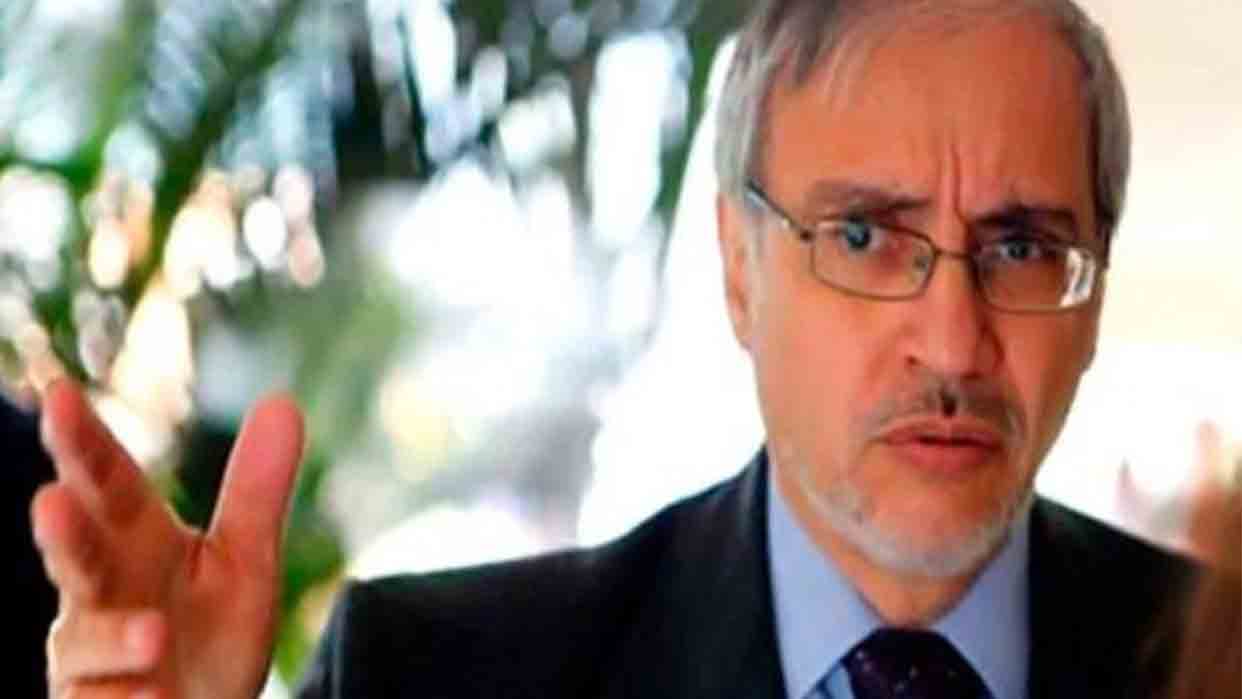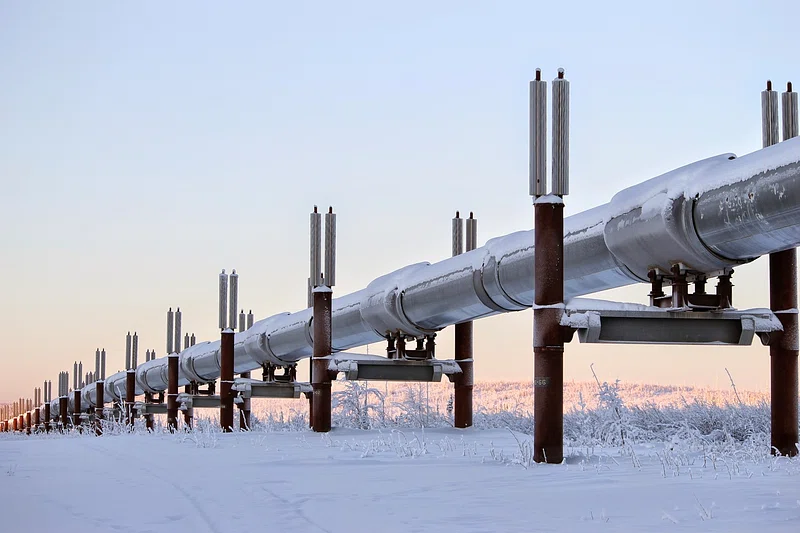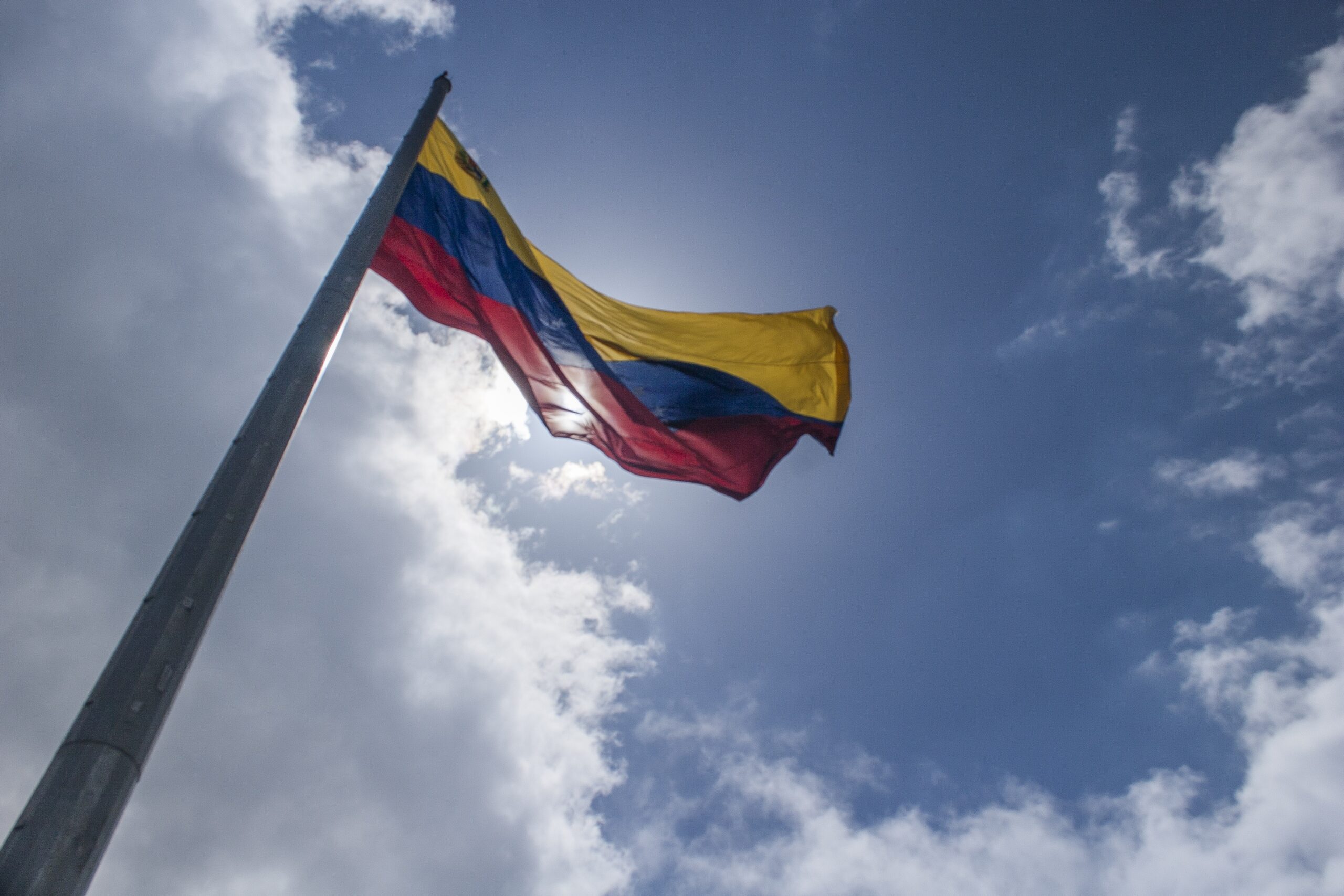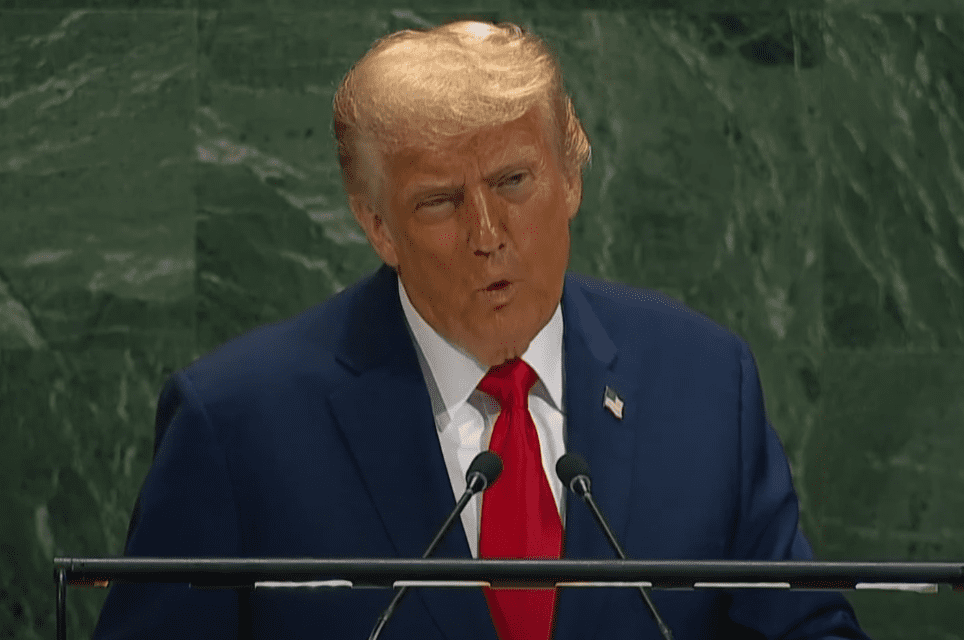Leopoldo Puchi is an analyst and former political leader.
Guacamaya, August 31, 2025. The recent US military deployment in the Caribbean has set off alarm bells and raised questions that remain unanswered. This is no ordinary operation; it involves destroyers, amphibious ships, a guided-missile cruiser, submarines, and a contingent of marines. A force whose scale and capability go far beyond what would be required for counter-narcotics activities.
Most analysts agree that the objective this time does not appear to be solely about intercepting drug shipments, but is different in nature—political. More than pursuing shipments of cocaine, the intention behind this military mobilization is to change the government of Venezuela and reintegrate the country into Washington’s sphere of geopolitical influence.
The Unknown
But the great doubt, the unknown, is not the motive for the deployment, but what the plan is. What will the United States do with this force? A US official, speaking off the record, acknowledged that sending such a fleet for counter-drug operations was “like bringing a cannon to a knife fight.” That is, an evident disproportion between the pretext and the means deployed.
The Pentagon is displaying its military might, but it is doing so without explaining how far it intends to go. This uncertainty is, in itself, a weapon: it creates unease among the population, harms the Venezuelan economy, and generates anxiety in the region.
“Peace Through Strength”
Furthermore, this naval deployment cannot be understood without the logic that guides Donald Trump, the so-called “peace through strength.” This formula is based on the principle that open war is not necessary to impose Washington’s will. Merely displaying power and using it in a targeted manner would be enough to make the adversary capitulate.
Trump has already used this approach in sudden, precise actions that did not seek to open a full-scale conflict, but to send a demonstration of power—a sort of emperor’s fist on the table to intimidate. In this logic, the threat of force is as important as the force itself.
The Response
This is not, in principle, about an invasion—something unlikely, as it could generate an uncontrollable situation that clashes with the pragmatic logic of MAGA Trumpism. Furthermore, Venezuela is not an easy country to subdue; it has demonstrated a capacity to respond in defense of its sovereignty and has confronted the military threat actively, without complexes, with defense plans and the mobilization of its forces.
So, rather than a troop landing, the objective would be to keep Venezuela under permanent tension, which could include blockading oil tankers. The intention is to weaken internal confidence by ostentatiously displaying the power asymmetry, with the aim of forcing a surrender at the political table before the threat materializes.
False Flags
So far, US “gunboat diplomacy” has remained in the realm of psychological warfare, but it could turn voracious. If it does not achieve its objectives, if it fails to provoke a social implosion, Washington could contemplate more aggressive actions against Venezuela.
Scenarios could even arise in which more radical sectors of US politics deliberately seek an incident to justify a direct military intervention. It is no coincidence that a recent New York Times report recalled the Gulf of Tonkin Incident in 1964, when alleged North Vietnamese attacks on US destroyers were used as an excuse to escalate the war.
Whirlwind
Trump’s strategy seems to rely on the threat of a naval deployment producing the desired results. But Latin American history teaches that gunboats, when they get too close to the shore, generate a whirlwind. So the unknown persists: is the fleet a simple display of power to intimidate, or the prelude to war? The answer will mark not only the future of Venezuela, but also that of the continent.







